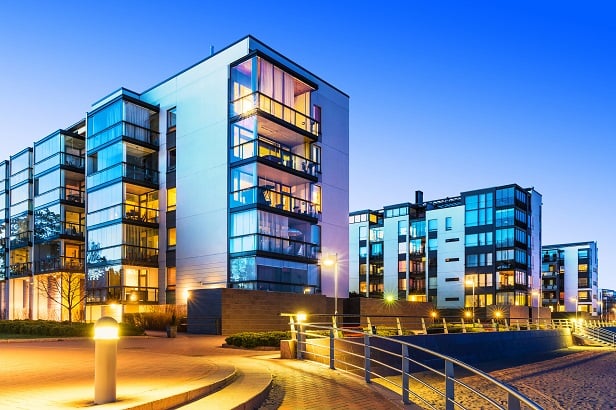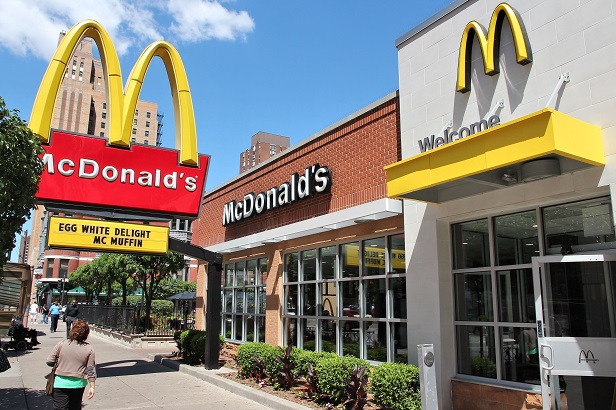 Photo by Shutterstock
Photo by Shutterstock
Unemployment in the US has skyrocketed and there is little expectation that the layoffs will subside in the near term. This week, the Labor Department reported a 30% increase in unemployment claims last week, one of the largest spikes on record. Estimates for future claims are grim, with David Choi, an economist from Goldman Sachs, expecting initial claims for the week ending March 21 to jump to a seasonally adjusted 2.25 million, according to MarketWatch.
This will undoubtedly impact the multifamily asset class in the short-term. To what extent, though, is unclear, given the uncharted waters we are in.
New estimates from CoStar Group does give some shape to this question. It calculates that if growth goes to zero in hospitality employment, while retail continues to suffer, and a very modest 5% cut occurs in the rest of the US employment sectors, demand growth expectations at a national level for multifamily could be cut by between 10% and 20%. “The reality on the job front could conceivably be worse, as sectors such as energy feel the impact as well,” it said.
Leisure and hospitality workers make some of the lowest wages of categories tracked by the US Census, CoStar also pointed out. Median income for that group for 2018 was $17,225, while retail, the employment category CoStar expects to be the next-worst affected, comes in at $24,726.
This implies that the earliest hits in fundamentals may actually occur in lower quality buildings, it said.
In a webinar hosted by Crowdstreet, Karlin Conklin, executive vice president at Investors Management Group, said that Class A will also take a hit. “Developers need high rents to substantiate the investment and that tenant can always move down,” she said.
Class C buildings will also be hard hit, as these typically have tenants with little to no financial reserves, she said. There is something of a question about Class B buildings, which for many investors have been a sweet spot. These buildings are typically home to workers that drive buses, work in retail, possibly work in an office environment but can’t work remotely, Conklin said. For this group, much depends on what the government’s stimulus package will offer.
In the longer term, expect rent growth projections for the year to be tempered. Already, CoStar said, its national daily rent series is beginning to reflect either landlord caution or reduced multifamily demand. “Based on daily rent inputs from about 50,000 communities, many of which are high-end, rent growth has paused,” it said. “This is particularly unusual for the time of year. Historically, we see rents rise from January to August, with March as a particular bright spot. This year, week-over-week rent growth has gone negative, something not seen in previous years.”
For the moment, there is little guide to how multifamily will react to the high levels of unemployment and the economic downturn. This downturn is starting out much different than the last one, where high-income employees in sectors like finance and insurance were hit very hard at the outset, CoStar noted. “As such, we do not expect either of the past two recessions to provide more than general guidance on how multifamily will react to this global pandemic.”





 Home
Home









 Copyright © 2024 ALM Global, LLC. All Rights Reserved.
Copyright © 2024 ALM Global, LLC. All Rights Reserved.